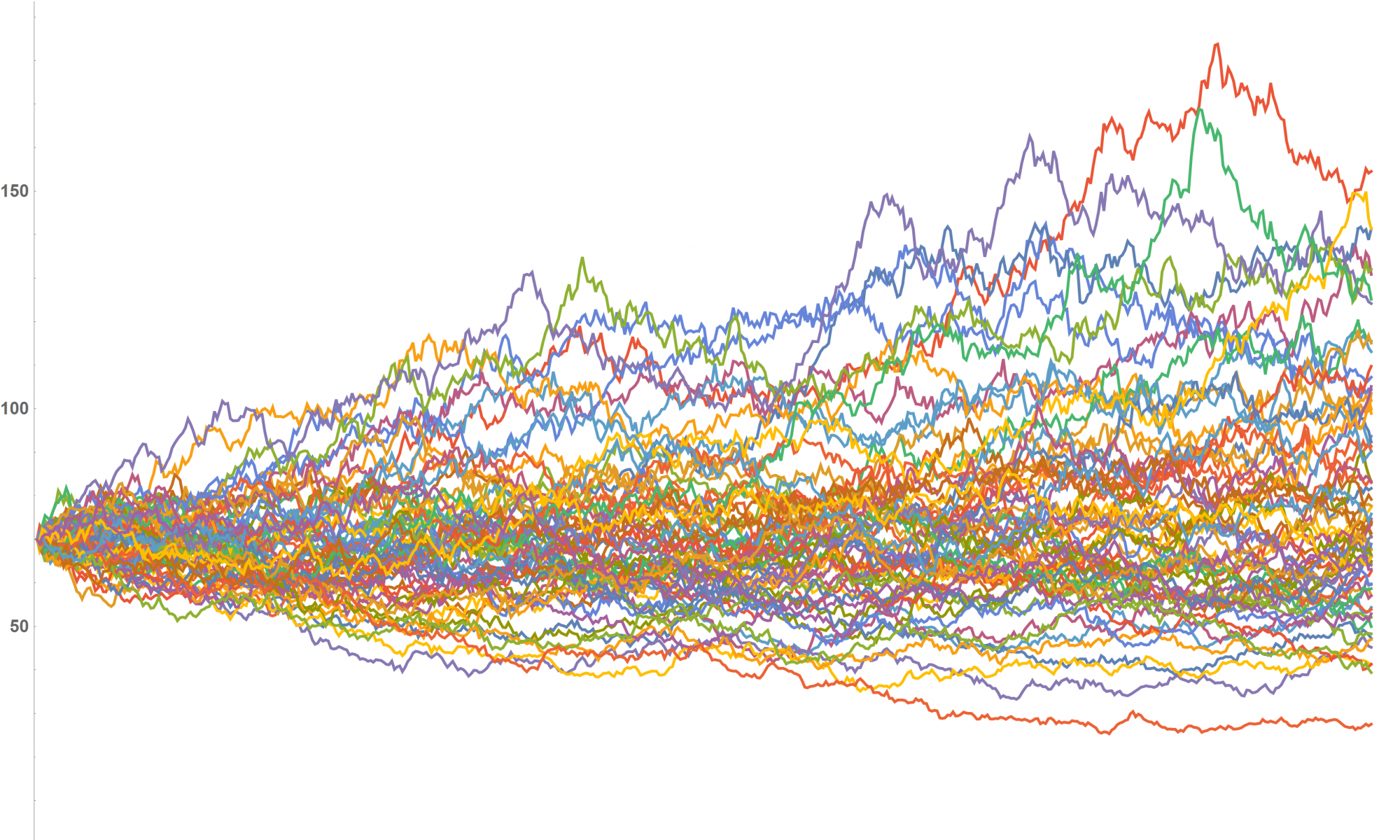A Kinetic Model of Blast Furnace Automation
Blast furnaces have been used for iron production since centuries. In today’s competitive engineering markets, math-based furnace simulation can cover operating conditions which are not accessible by experiment.
Challenge overview
The modernisation of steelmills around the world requires a thorough understanding of the processes going on in a blast furnace and quantitative simulation tools for analysing the influence of different raw materials and of different operatiing conditions.
The problem
The mathematical model of a blast furnace should cover at least: (a) the transient movement of layers of coke and of iron ore and the shrinking of the coke layers, (b) the movement of gas through the furnace, (c) the chemical reactions taking place (up to 50 of them taken into account), (d) balances of energy.
This leads to a system of (around 50) highly nonlinear partial differential equations with the unknowns depending on position and time. Assuming a rotational symmetry seems reasonable, leading to a (2D + time) problem. The discretised version (finite elements combined with method of lines for some reactions) led to systems with up to 800.000 unknowns.
Results and achievements

Further Reading:
Gerald Gökler: Moving layers – tracking characteristics : A mathematical model and the numerical simulation of two ironmaking processes. Ph.D. thesis, Johannes Kepler University, 2005.
